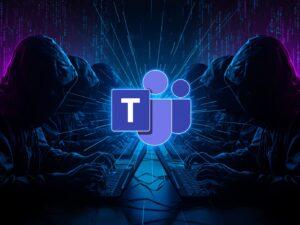
Global attacks on Cisco devices: Cyber agencies warn of ongoing crisis
Major agencies around the world have raised the alarm about a critical threat to network infrastructure: vulnerabilities in Cisco Adaptive Security Appliance (ASA) and Firepower devices have been targeted by a flurry of attacks . The alert follows the issuance of Emergency Directive 25-03 by the U.S. Cybersecurity and Infrastructure Security Agency (CISA) , requiring all federal civilian agencies to urgently review and secure their devices to stop a large-scale attack campaign. The incident involved the exploitation of several previously unknown vulnerabilities in Cisco systems, allowing unauthorized remote execution of arbitrary code and even ROM modification to maintain control across reboots and












